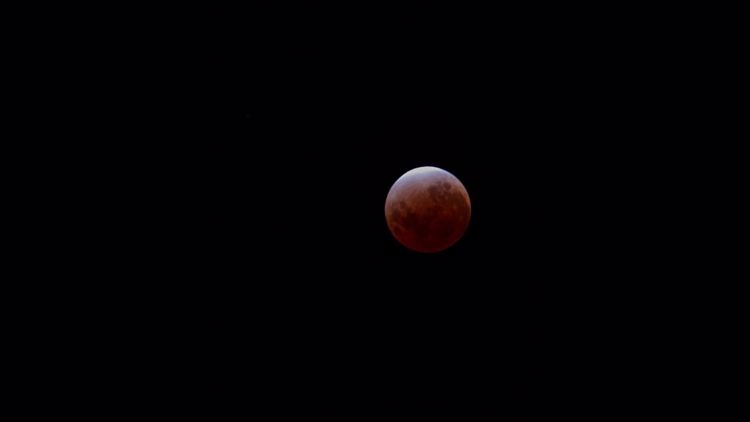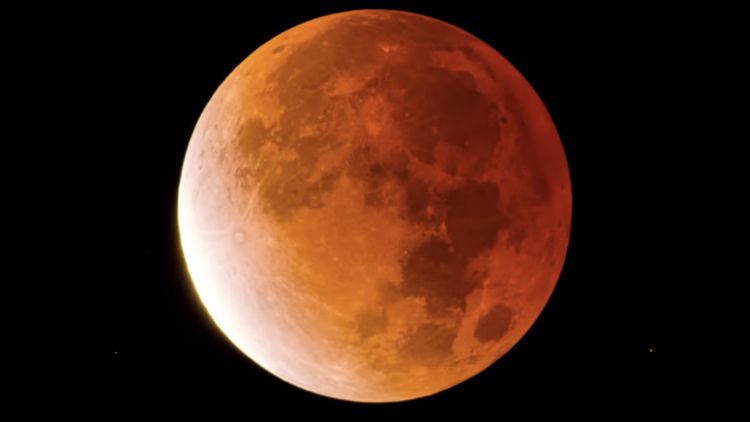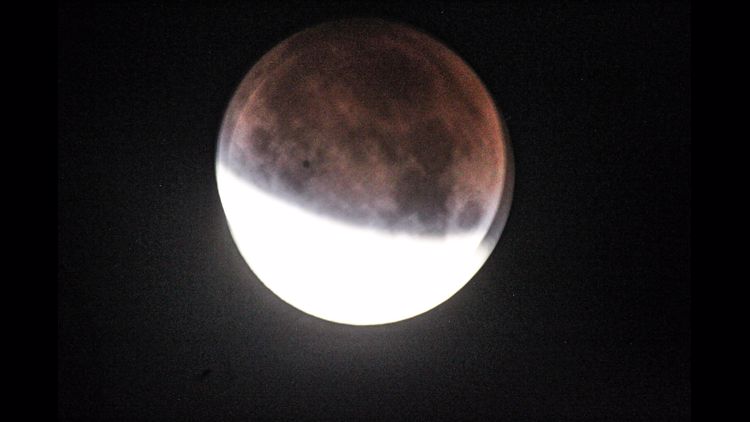TEXAS, USA — Set your alarm clocks!
The Beaver Moon partial lunar eclipse will occur early Friday morning in the night sky above North Texas.
Quick facts
If you want to wake up and just step outside for a few minutes to see the eclipse, the best time to do so will be around 3 a.m. because the eclipse peaks at 3:02 a.m. Friday morning.
A couple reasons make this eclipse special:
- While not a total lunar eclipse, 97% of the moon of the moon will be covered. Only a sliver of the left side of the moon will still be bright.
- This is the longest partial lunar eclipse in around 580 years. And the next time we (or our distant distant relatives) will see one as long won't be until 2669!


If you want to see even more of the eclipse, it will start to occur at 1:18 a.m. and then will finish at 4:47 a.m.
Gallery: Lunar eclipse views over North Texas
How's the weather looking?
Cold! But with clear skies.
In North Texas, temps will be in the 30s with some places near freezing by the time the peak of the eclipse is occurring.


Viewing should be good across most of the rest of Texas as well. Some clouds could cause problems in far South Texas, but most of the state should be clear.


What is a lunar eclipse?
A lunar eclipse occurs when the Earth's shadow is cast upon the moon. In other words, the Earth is in the way of light reaching the moon.
A partial eclipse is when only "part" of the moon is covered by the Earth's shadow. Anything less than 100% coverage is considered a partial lunar eclipse.
A total lunar eclipse is when 100% of the moon is covered by the Earth's shadow.
A lunar eclipse can only happen at a full moon. But since the Earth, moon, and sun have to be lined up perfectly, not every full moon features an eclipse.
When a lunar eclipse occurs, the part of the moon in Earth's shadow usually doesn't disappear completely. It is still visible, but normally has a very red tint to that part of the moon.
Remember to download the WFAA app to check one of our dozens of local radars near you as well as the latest forecast, cameras and current conditions.










































